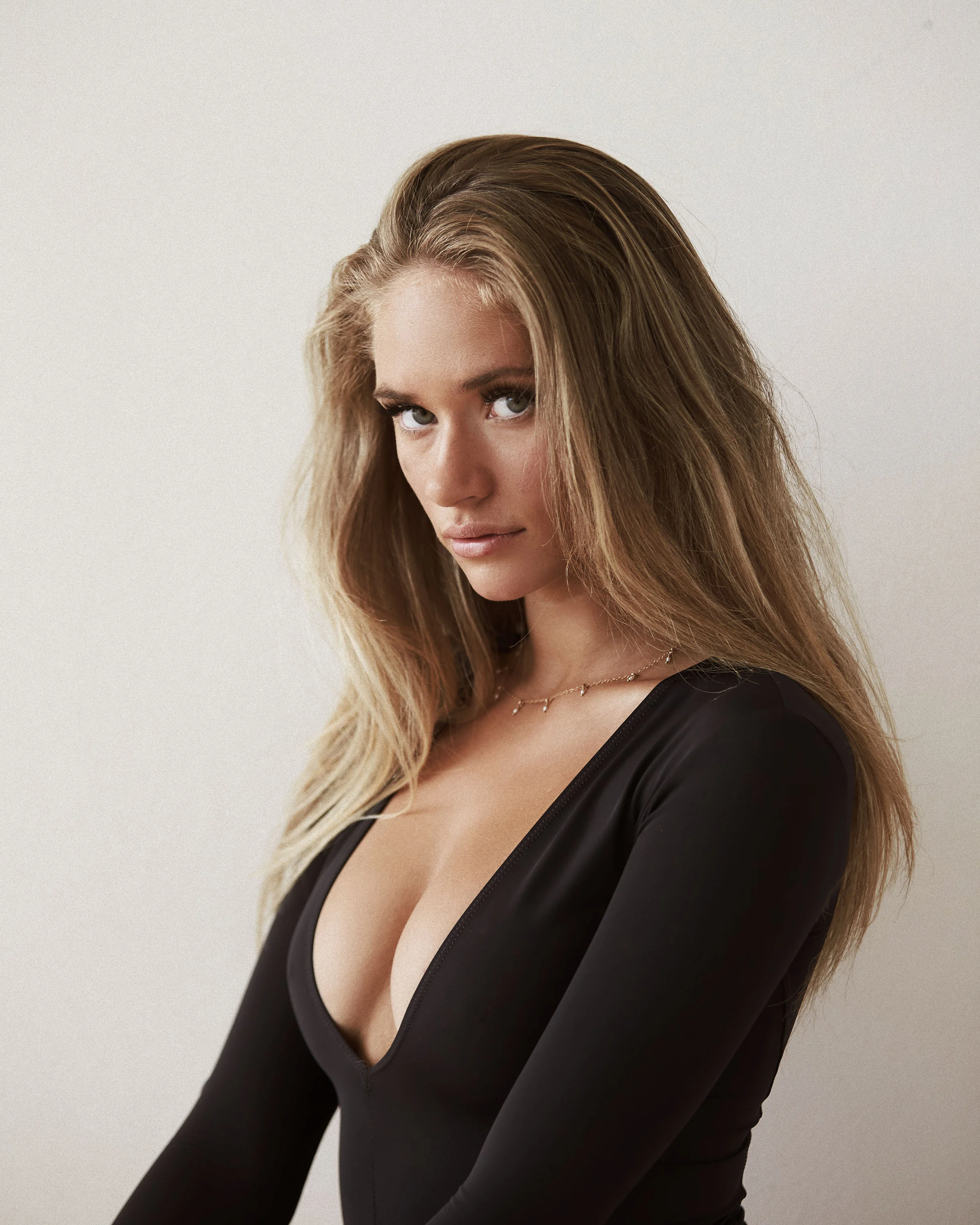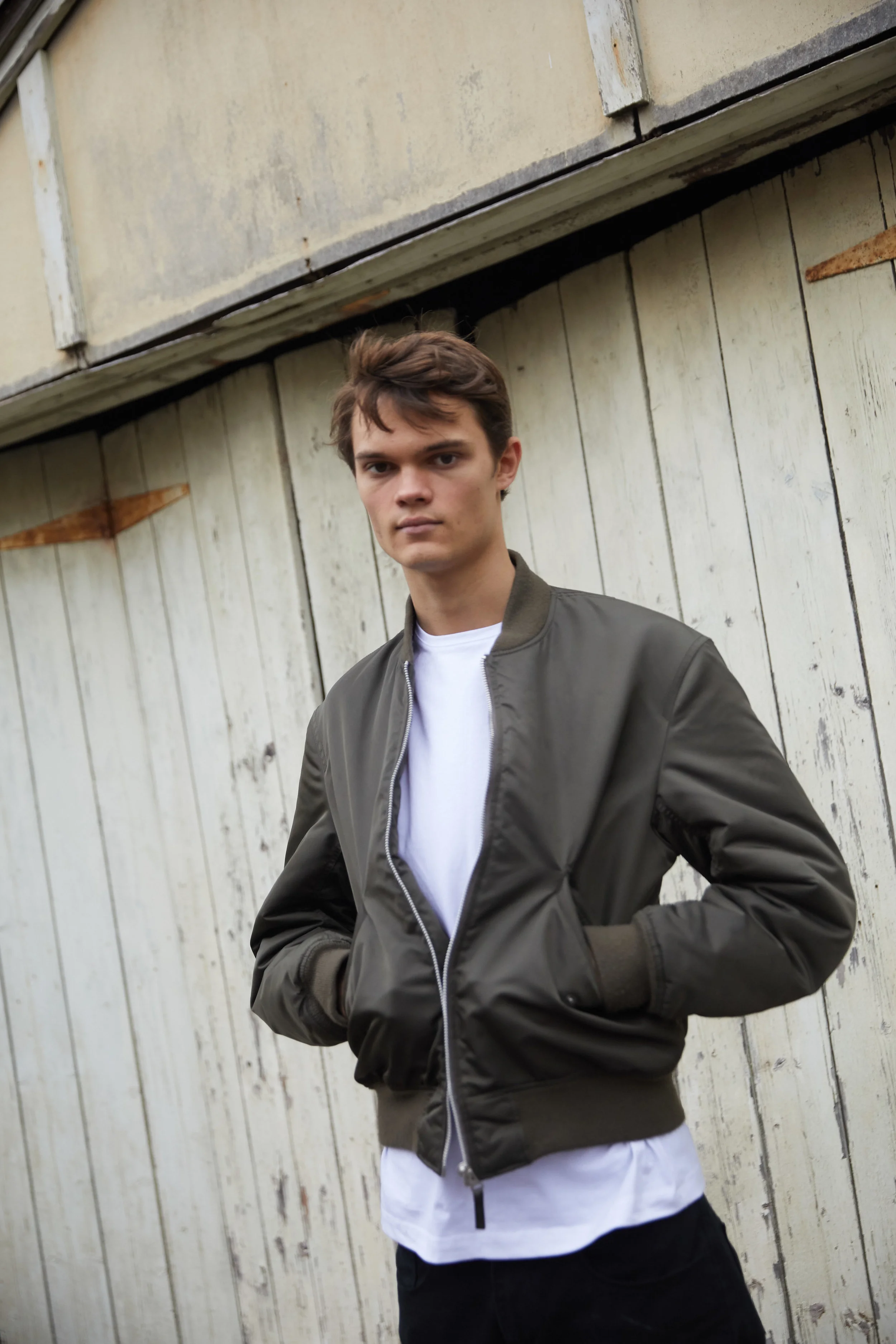Organising Editorial, Fashion and Test shoots
I’m at my 20th shoot for the year today, and it's the last day of Summer, so I feel pretty good. I’m aiming for 100 shoots this year so I got to keep pace if I want to get there, and keep a few up my sleeve. But I’m not here to really talk about my work, I’m here to talk about yours.
I get a lot of young photographers asking questions about booking models, talking to agencies, and all the stuff that goes with that.
When I first started, I was unsure as to how to approach, and also wasn’t great at figuring out how to set boundaries, and make the people I work with comfortable.
Most of the time I would just go with the flow.
That works… Except when it doesn’t. Recently, I’ve had a lot of chats with models about some pretty shitty situations.
I’m not writing this guide to toot my own horn, but I really think that if we’re to evolve and change an industry rife with abuse, we need to start by looking at and talking about our own best practices.
I have written this because of that.
I want to encourage an open dialogue and for people to come to the table, and to also not be in the dark about how we work.
Photography is still a dark art in a sense because you never really know what the other person is feeling on the other side of the camera, as we’re engaged in acting, and creating fictional work.
Instagram also has changed the game dramatically, anyone can jump in, book in, and work with a photographer, and most assume that things will be all good.
Prepare your moodboard and inspiration beforehand, and I don’t mean 3 or 4 images. My current board probably has 1000+ images in it, and for every shoot I usually prep 20-30 images to reference from and sometimes copy completely if I’m lacking inspiration.
It informs where I want to take my work, not just short term, but directly inspires me to continue to create new work.
If you’re struggling with finding and building relationships with agencies or models, start building lists, not just of big models, but with people who have maybe done a few shoots, influencers looking for content for their own feed, or with friends.
You don’t need 10,000 followers, but 5 images that you’ve taken and a board with a bunch of reference shots that inform the direction you want will help.
Keep your communication short as well.
Three sentences should be more than enough.
Email is more formal with agencies I implore you to
“Hey XXXX,
I’m a photographer and I’m looking to do some test shoots with your agency, I loved XXX and YYY and saw ZZZ in some campaign images.
I’ve attached a PDF with some samples of my work, would love to meet with you.
Thanks for your time!”
With IG, I say don’t even DM these days, follow, like and engage in comments, I just comment most of the time now, it’s less invasive, and dick pics and shitty messages in your request box are pretty common for a lot of female models, guys I dm, they don’t get heaps of unsolicited mushroom pictures.
When you organise a shoot, show your model, their agency, make up artist, and team first the refences, if the shoots not what they’re after, or they don’t see themselves as a good fit, or if it’s a flat out no, it’s not your job to change their mind, this also applies if you want nudity in the shots, make sure that the model/agency are aware, and comfortable with that. Hell nudity doesn’t always add flavour, it’s your job as a photographer to create the mood, if something doesn’t come together, don’t push it, find someone else, move onto the next shot. I’ll let you in on a secret, many photographers hide their technical deficiencies and lack of ability behind their lo-fi nude shoots with models, if their was no nudity you probably wouldn’t pay attention. So ask yourself if that’s what you want from your work, if it is, then I’d also be prepared to never make money.
If you’re looking to print your images, or use it for something other than personal usage, it would be an idea to prepare a release form their are a few apps, and plenty of ones freely available with a quick google.
We also need to get out of the habit of looking at models as merely subjects, a great model is an equal collaborator, a new model will need guidance, someone who hates their picture taken, will need to be coached. Your job is to be all those things, it's not to dictate terms, it's to work through the shots with your team.
On that note, there are a few ways to make it easier.
Tether your computer to your camera (Capture One, Lightroom or Canon's Eos Utility or Nikon's Capture app allow this) so that you can show your model and team what you're doing, how the framing looks and help encourage feedback and collaboration, as well as build rapport.
If there's a particularly difficult shot, or your team are unsure of what you're trying to create, make sure you have references or a way of explaining it even if that means you get in that pose, and have someone take the photo of you. Don't half explain it, walk through it, and take your time with that process.
Finally, check in with how everyone feels, it's a lot putting yourself out there, often with a stranger in front of the camera, don't just do it, and then think it works out, talk! Make sure that everyone's on the same page.
I say all of this to encourage transparency, have clear boundaries, and be professional.
I love the work, but it's not enough to enjoy it yourself, photography requires a great deal of team work, it's not the solo work that we often like to pretend it is.



































